Under a silent winter sky, in a countryside frozen by the cold, a simple magpie stands out against a snow-covered fence. The scene is calm, almost motionless, bathed in a soft light that caresses the whiteness of the landscape. With The Magpie, Claude Monet offers much more than just a simple snow painting: he captures a suspended moment, a breath frozen in the icy air of 1868.
This painting by Monet, both soothing and powerful, stands out as one of the most emblematic masterpieces of his pre-Impressionist period. An exemplary Impressionist snow painting, The Magpie already testifies to the artist's genius in capturing the nuances of light, making the bluish shadows vibrate on the immaculate snow, and transforming a silent landscape into a living work of art.
In this article, we invite you to dive into the magic of this rare canvas, to understand its historical context, to decipher its symbols, and to discover how The Magpie by Monet can enhance your interior with grace and serenity.
🕰️ Historical context of “The Magpie” – Claude Monet in 1868, on the threshold of Impressionism
At the end of the year 1868, Claude Monet is 28 years old. He is staying in Étretat, Normandy, with his companion Camille Doncieux. The situation is precarious: the artist lives in relative poverty, rejected by the official Salons and still unknown to the general public. Yet it is in this winter solitude that one of his first great masterpieces will be born: The Magpie.
La scène est inspirée d’un véritable paysage normand enneigé, observé depuis la campagne environnante. À cette époque, la neige est un sujet rare en peinture, d’autant plus traité avec autant de subtilité. Monet innove : il n'utilise pas le blanc pur, mais compose avec une gamme de bleus, de gris, de roses très pâles. Il esquisse déjà les fondements de la peinture impressionniste, bien avant que le mouvement ne soit officiellement nommé en 1874.
Despite its evocative power, The Magpie was rejected by the Salon of 1869. Too innovative, perhaps too silent. This rejection did not prevent the work from transcending time and being exhibited today at the Orsay Museum, among the most admired treasures of Claude Monet.
🎨 Artistic analysis of “The Magpie”: silence, light, and balance in the snow
At first glance, Claude Monet's painting The Magpie seems almost minimalist. A vast expanse of snow covers the landscape, interrupted only by a wooden fence and a small black magpie perched on a post. But behind this apparent simplicity lies a subtle composition, rich in nuances and technical mastery.
🎨 A snow-covered landscape with colorful shadows
Monet breaks with conventions by refusing uniform white. He makes snow a true chromatic prism: the projected shadows are bluish, sometimes purplish, reflecting the low light of a winter sun. These bluish shadows, which have become a signature of his style, create a silent and poetic depth. This winter impressionist painting reveals a unique sensitivity to natural light.
🎨 A balanced composition, almost photographic
The horizon line, placed very low, frees an immense pale sky, while the diagonal of the fence guides the gaze to the bird. The contrast between snow and light, between calm and presence, structures the canvas. The gaze instinctively rests on the magpie, tiny but essential. It embodies life in this frozen world.
🎨 Cool colors, but a warm effect
The palette, deliberately understated, mixes cool tones – gray, blue, pale pink – with warmer touches in the branches and the sky. This choice creates a calm atmosphere in painting, an almost soothing meditative effect, which can be found in the Claude Monet snowy landscapes from the same period.
🧠 What does “The Magpie” symbolize? A silent meditation on time and solitude
Beyond its visual beauty, The Magpie by Claude Monet invites an inner, almost philosophical reading. This winter painting, seemingly neutral, evokes a subtle yet profound emotion. It does not tell a story: it suggests a state of mind.
🐦 The solitary magpie, messenger of silence
Isolated on a snowy barrier, the magpie is not just a decorative detail. It introduces a fragile presence, a discreet tension. Some see it as an allegory of the artist's solitude, others as an image of waiting, of time frozen in the cold. In this masterpiece by Claude Monet, the bird becomes the silent witness of a frozen world, of a contemplative winter.
🌫️ A landscape that reflects the soul
Nature here does not tell of the outside world, but inner emotion. The cold, the whiteness, the filtered light evoke melancholy, peace, withdrawal. It is a silent nature, without movement, yet vibrant with meaning. This ability to transpose emotion into a setting already announces the heart of the Impressionist project.
🧘♀️ A meditative, soothing work
Looking at The Magpie, the viewer feels suspended in time. The visual silence, the open space, the balance of the composition create a sense of mental rest. This is why this canvas is highly valued today as a soothing painting for decoration, in interiors seeking serenity.
🏡 Decorating with “The Magpie” by Claude Monet: winter elegance and inner serenity
Few Impressionist works convey such a sense of calm and purity. As a winter wall art, The Magpie instantly transforms a space into a soothing visual cocoon. Its sober and bright ambiance makes it a refined and universal decorative choice.
🛋️ Where to place “The Magpie” for maximum effect?
-
In a bright living room, to enhance natural light and create an elegant and contemplative focal point.

-
In a bedroom, to promote a peaceful atmosphere conducive to rest.

-
In an office or reading nook, to encourage concentration, meditation, and silent inspiration.

Thanks to its neutral and soft palette, this Impressionist snow painting fits well in both classic and contemporary, minimalist or Nordic interiors. It is an ideal Monet wall decor idea to create a pure, natural, and sophisticated atmosphere.
🎁 An artistic and symbolic gift
Giving a reproduction of The Magpie is offering much more than an image: it is conveying a moment of poetic silence, an atmosphere of peace. This work perfectly finds its place as a wedding gift, birth, or comfort present — in an artistic, sensitive, and sustainable approach.
🖌️ Handcrafted reproduction of “The Magpie” – Claude Monet: a winter masterpiece in your home
At Alpha Reproduction, we are committed to faithfully, respectfully, and emotionally reviving the most subtle masterpieces. The Magpie by Claude Monet, with its delicate balance and muted light, requires great mastery to be reproduced accurately.
Each reproduction is made with absolute demand:
🎨 A work recreated according to the rules of art
-
Hand-painted in oil on canvas, according to the tradition of the great masters
-
Every detail, from the bluish shadow to the fineness of the magpie, is rendered with care
-
Certificate of authenticity issued with each painting
🖼️ Complete customization
-
Choice of format (standard or custom)
-
Wide selection of elegant frames, from gilded wood to minimalist black
-
Decor advice on request, to perfectly harmonize the work with your space
🧘♂️ Why choose this work?
-
For its emotional value: a peaceful, inspiring, and timeless work
-
For its decorative power: a painting that brightens winter interiors
-
For its symbolic meaning: silence, observation, inner light
Adopting a Monet reproduction of The Magpie is inviting a suspended moment into your home, a work that is both sober, profound, and unforgettable.
❓ FAQ – Claude Monet The Magpie: frequently asked questions
🟦 Where is Claude Monet's painting The Magpie located today?
The Magpie is kept at the Orsay Museum in Paris. This Claude Monet painting museum is visible among the great works of the Impressionist movement. It is part of the Monet collection at the Orsay Museum, regularly admired by art lovers from around the world.
🟦 What is the meaning of the painting The Magpie?
This youthful work by Monet embodies impressionist realism ahead of its time. The solitary magpie on a snowy fence symbolizes silence, solitude, and winter light. It is a meditative painting, a silent nature captured with extreme sensitivity.
🟦 Why is The Magpie such a famous painting?
It is considered a Claude Monet masterpiece due to its mastery of light and its subtle cool colors. It is also one of the first Impressionist snow paintings, heralding the great series of snowy landscapes by the artist.
🟦 Is it a good decor idea to hang The Magpie at home?
Absolutely. Thanks to its visual sobriety and neutral palette, The Magpie is ideal as a soothing painting for decoration. It suits a living room, a bedroom, or an office, bringing a calm atmosphere in painting and an elegant artistic touch.
🟦 Can we order a reproduction of The Magpie by Monet?
Yes. At Alpha Reproduction, you can order a Monet reproduction The Magpie, hand-painted in oil on canvas, with custom framing and certificate of authenticity. A perfect painting to enhance your interior or give an exceptional gift.
💬 Conclusion: Treat yourself to a moment of peace with The Magpie by Claude Monet
In the silence of a Norman winter, Claude Monet left us one of his most intimate paintings. The Magpie is that muted light that soothes, that snow that envelops the soul, that magpie that watches, discreet yet essential.
Hanging The Magpie at home is choosing a work that speaks to the inside, that breathes simplicity, contemplation, and elegance. It is a decorative gesture, but also poetic. A tribute to the discreet beauty of the world.
✨ Treat yourself to this masterpiece in a hand-painted reproduction, signed Alpha Reproduction:
🎨 Oil on canvas,
🎨 Handcrafted finish,
🎨 Certificate of authenticity,
🎨 Customizable sizes and frames.
A painting that will bring light, balance, and softness to your daily life.




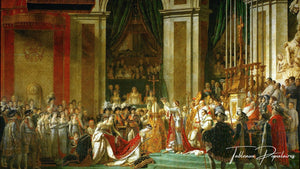
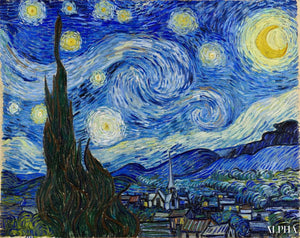
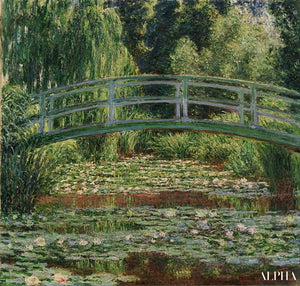
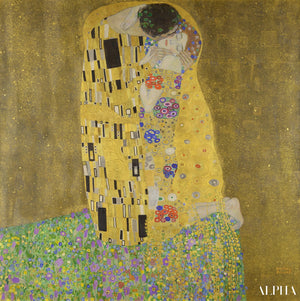
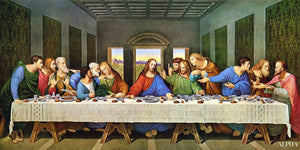
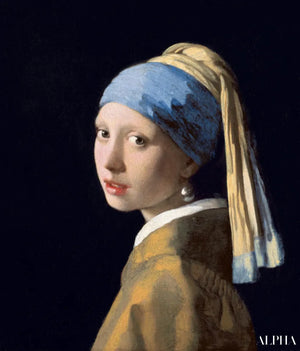
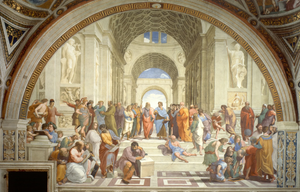
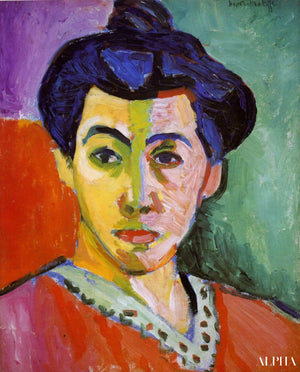
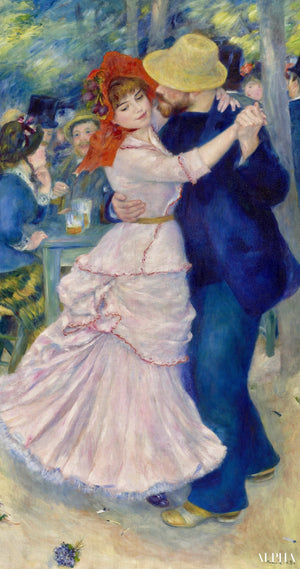


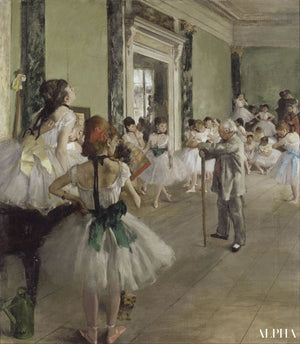
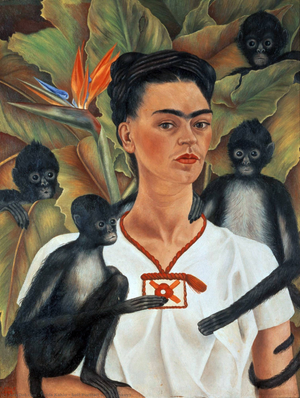
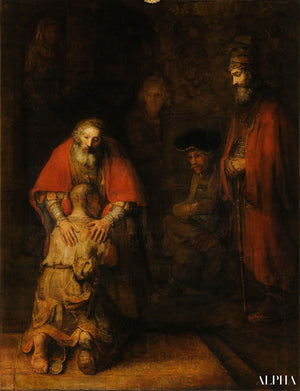

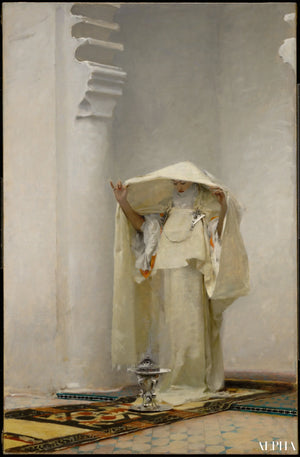
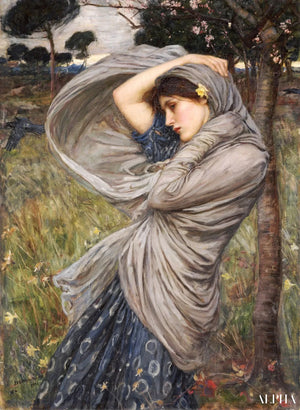

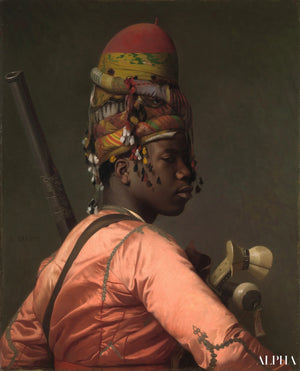






0 comments